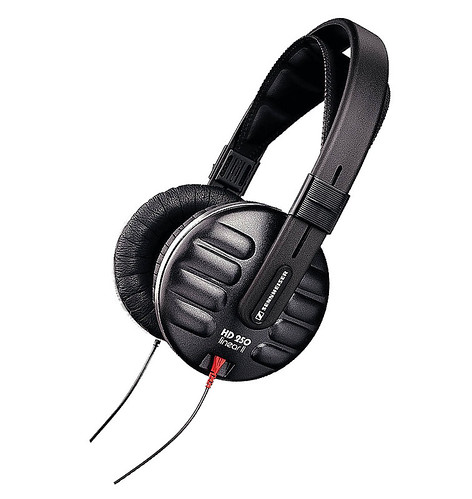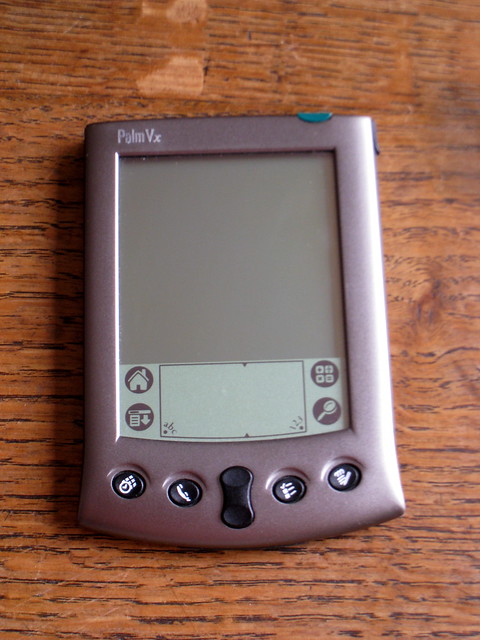The Sennheiser HD250 II Linear came from a time before Dr Dre and Lady Gaga had their own headphone lines. Quality headphones were dominated by German and Austrian companies. The three companies were AKG, Beyerdynamic and Sennheiser. These companies had a number of things in common: their headphones were very well made, sounded amazing and many of the parts were user serviceable.
Sennheiser, AKG and Beyerdynamic now
AKG designs haven’t changed that much (because they don’t need to), but the company has moved production from Austria to China since it is now part of the Harman conglomerate of audio equipment. The main difference that I have noticed is that the plastic mouldings aren’t as good as the Austrians used to do.
Beyerdynamic is still a German family-owned business that keeps making technological progress. They have still managed to keep on building headphones to the same high standard it always has done. The most recent headphones that I bought were a set of Beyerdynamic DT150s. They look crude, but are robust, well-made and sound great.
Sennheiser like Beyerdynamic is still family-owned but taken a more fad-centric attitude to it’s headphone design. Its HD25 and HD25-SP models hark back to HD414 which was originally sold back in 1967. Most of the rest of the designs take their cues from the Sony and Technics headphones from the late 1990s onwards. I have a set of HD25 headphones but they aren’t my favourite Sennheiser set, I tend to wear them when I am traveling as they are pretty space efficient.
Sennheiser have been on a role since the HD414 in 1967, by the time the early 1979 came around Sennheiser bought out the game changing HD420 with a modernist design. These were noticeable for their great comfortable headband, lightweight, great sound and value for money. The problem was that they were ‘open’ in design. That means that they allowed other people to hear your music and could easily hear ambient noise from your surroundings. Eventually they created a closed version of these headphones and tweaked them to come up with the Sennheiser HD 250 II Linear.

These headphones are big, but don’t look bulky. They are aesthetically pleasing which is more than you can say for their peers back in the day or even now. I have worn them all day without any discomfort or sweatiness. Pretty much every part is user replaceable making them ideal as a long term purchase (and environmentally friendly to boot).
The rivals
I’ve worn most of the rival headphones to the Sennheiser HD250 II Linear:
- Sony’s MDR-7506 are loud and reliable. Which is why they are popular in APAC and amongst many people in video
- The AKG K270 are comfortable and light, but sound less accurate than Beyerdynamic’s DT150.
- Beyerdynamic’sDT100 and DT150 are great headsets, but they feel bulky. The sound is pleasant accurate but doesn’t have the space and detail of the Sennheisers
Sennheiser HD250 II Linear pros and cons
Sennheiser HD250 II Linear headphones have an open sound more like listening to loudspeakers. They are still insulated enough for DJing and being a good citizen on public transport. They are very accurate allowing you to hear flaws in digital sound sources. For instance iTunes on my Mac and my iPod sound clipped with a slight metallic quality and the bass sounds thin; even when compared to CD. (I use an old HHb CD-Recorder player based on the old Pioneer ‘turntable’ CD mechanism and a Technics SLZ-1200 as my primary CD players). Vinyl sounds warmer and more rounded. It does make me wonder how digital dance music can become without decent bass response but that’s a whole other blog post.
There are some aspects of the Sennheiser HD250 II Linear that are an acquired taste from a design point-of-view. They have a straight cable rather than a coiled ‘telephone’ style cable. I prefer the coiled cable design but some people find that it pulls so its a matter of personal preference. The cabling design is a simple ‘Y’ design rather than running around inside the headphones like the HD 25. However this means that they are easy to service and there is less to go wrong.
Sennheiser, if you get to read this article please bring the HD250 II Linear model back, or at the very least keep making spare parts for them and keep the parts readily available to consumers. More related content here.


